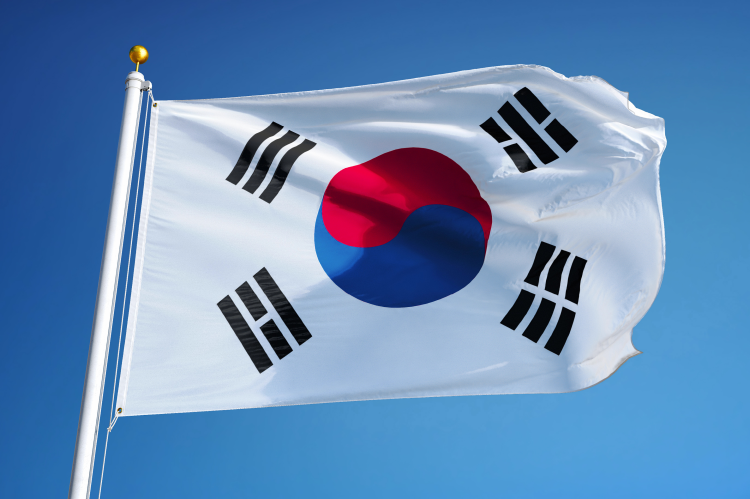DNV to Explore the Viability of Using South Korea's Gas Pipeline Network for H2 Blend

South Korea's state-owned gas importer and transporter, Korea Gas Corporation (Kogas), has selected Norway's DNV to evaluate the possibility of blending hydrogen into the country's gas transmission network, the company shared the news on its website last week.
DNV's two-year project will determine the feasibility of mixing hydrogen with natural gas in Kogas' 5,000-kilometer-long domestic transmission network. Kogas, the world's largest importer of liquefied natural gas, delivers regasified volumes to the country through its high-pressure gas pipeline network.
DNV will apply its expertise from previous international projects to support Kogas. The company will assess the pipeline's suitability for hydrogen blending, offer technical and advisory support for Kogas test project on Jeju Island, and support Kogas in meeting regulatory requirements for hydrogen integration and adoption.
The project plan includes evaluating the viability and impact of blending hydrogen with natural gas at different ratios, advising on the construction and operation of hydrogen injection facilities and equipment, reviewing methods for controlling hydrogen concentration for customers, and providing on-site technical support and data analysis for the hydrogen demonstration project.
"DNV's global technical expertise across the entire hydrogen value chain means we are well-positioned to support Kogas in creating value from hydrogen and helping South Korea transition to a decarbonized energy future," said Lim Dong Ho, South Korea Market Area Manager for Energy Systems at DNV.
South Korea adopted the Hydrogen Economy Roadmap in 2019 and established the Hydrogen Economy Commission in 2021 to promote the development of a hydrogen economy for decarbonizing transport, power generation, and industry.
Kogas plans to invest $37 billion internationally by 2040 to establish renewable power generation facilities producing hydrogen for import, storage, and transportation through a specialized hydrogen pipeline network.
Meanwhile, DNV is working with several gas pipeline companies worldwide to repurpose gas transmission and distribution networks to integrate blended and 100% hydrogen gas, with the company's Spadeadam research center in the UK conducting full-scale testing on the safe transport of hydrogen in gas networks.
DNV's 2022 Energy Transition Outlook predicts that hydrogen production for energy purposes will meet 9% of Asia-Pacific energy demand by 2050.

